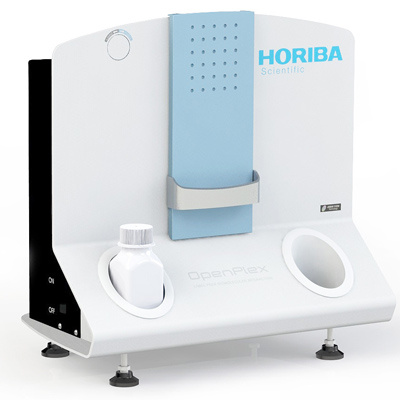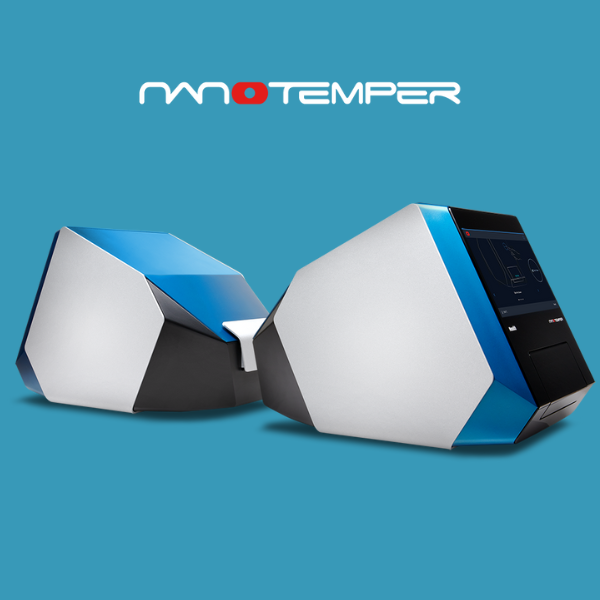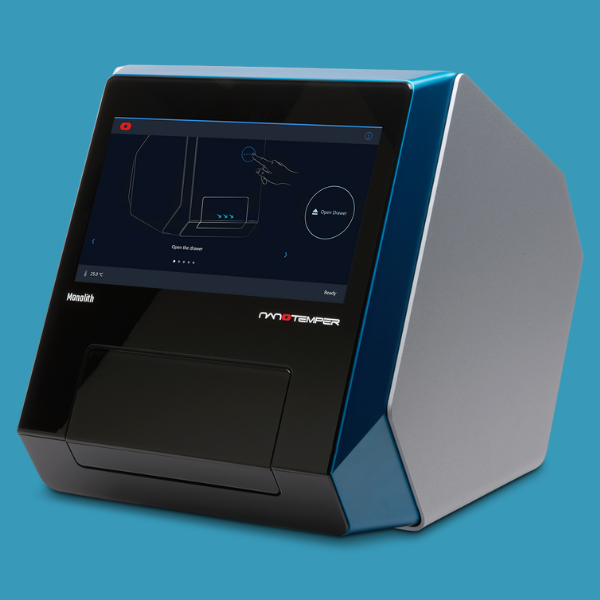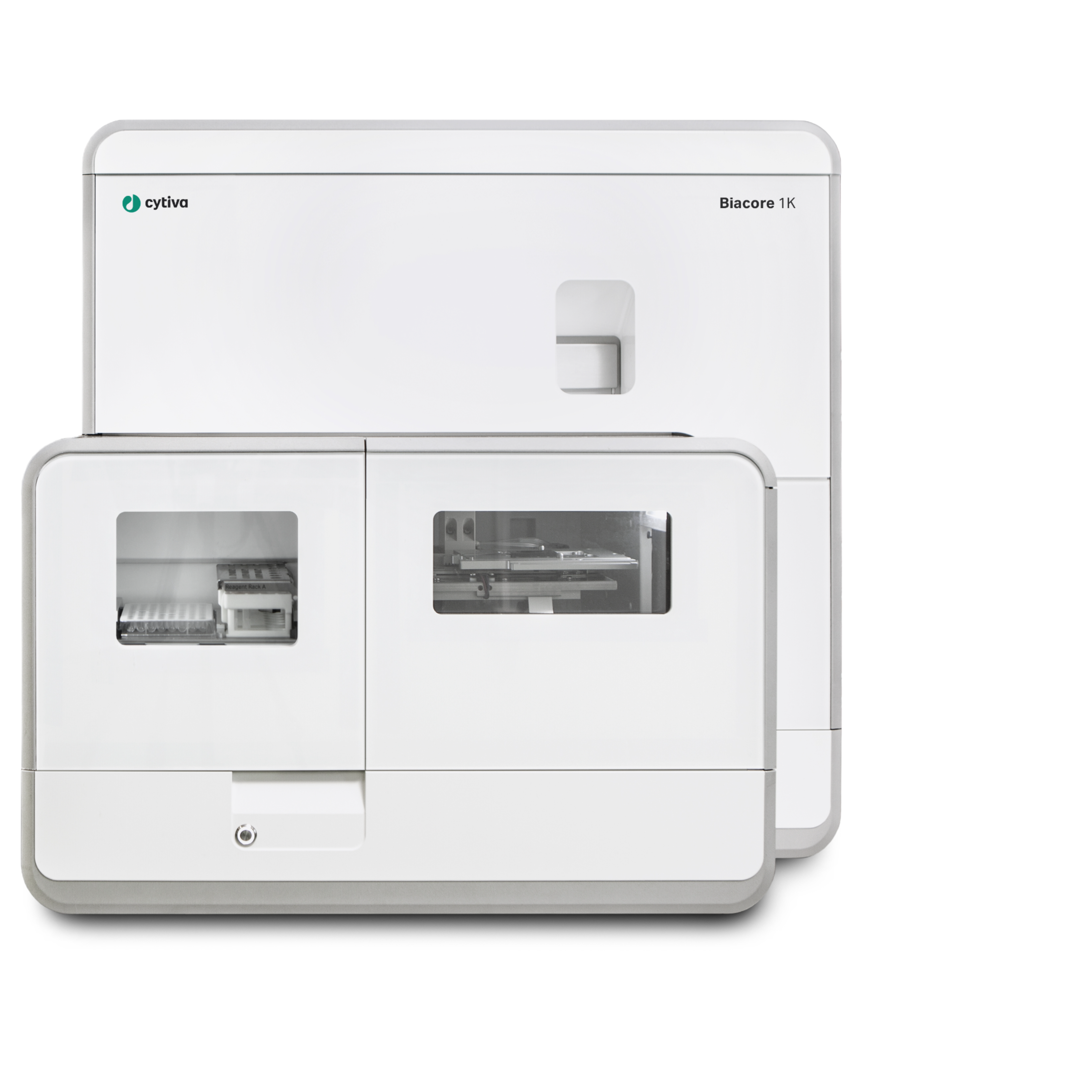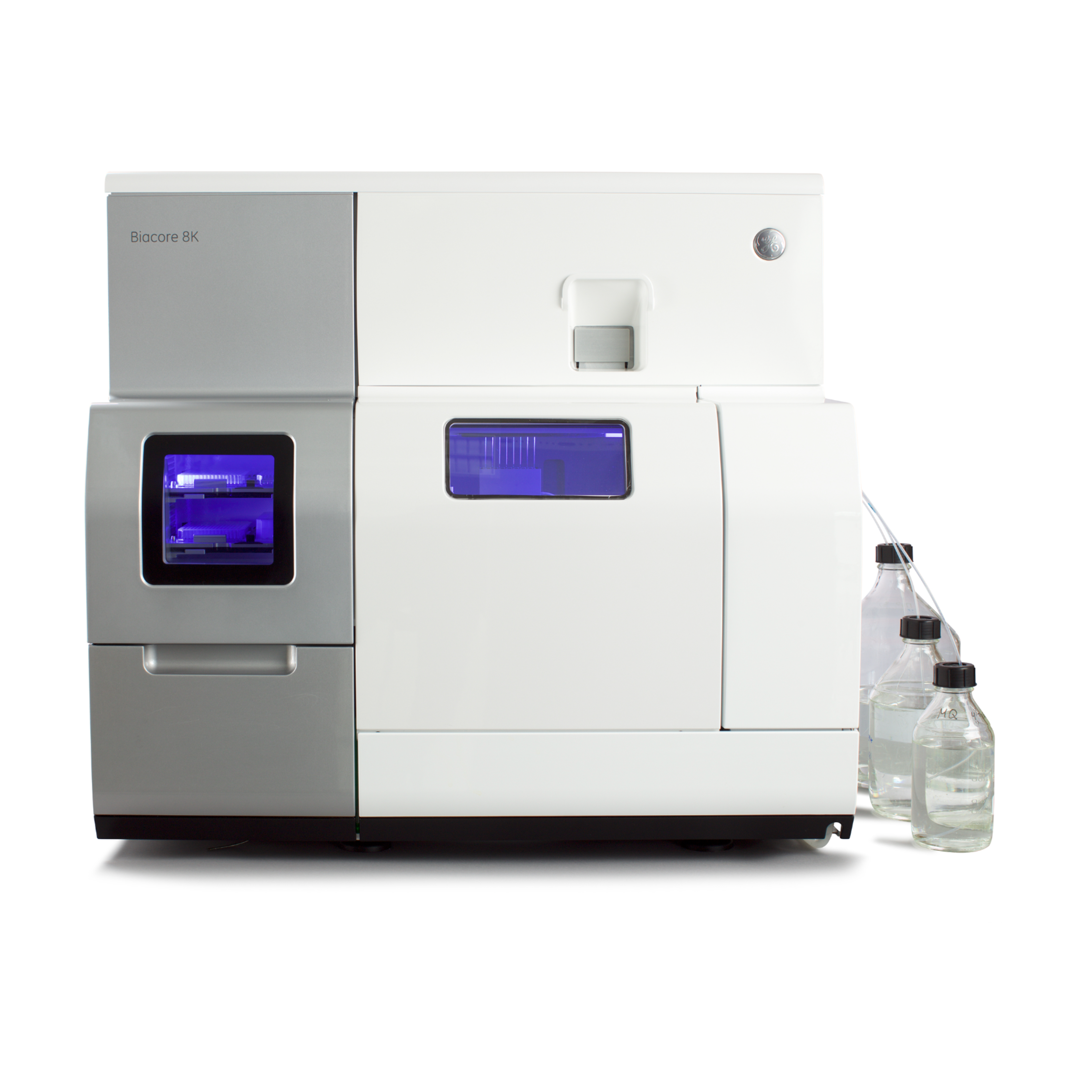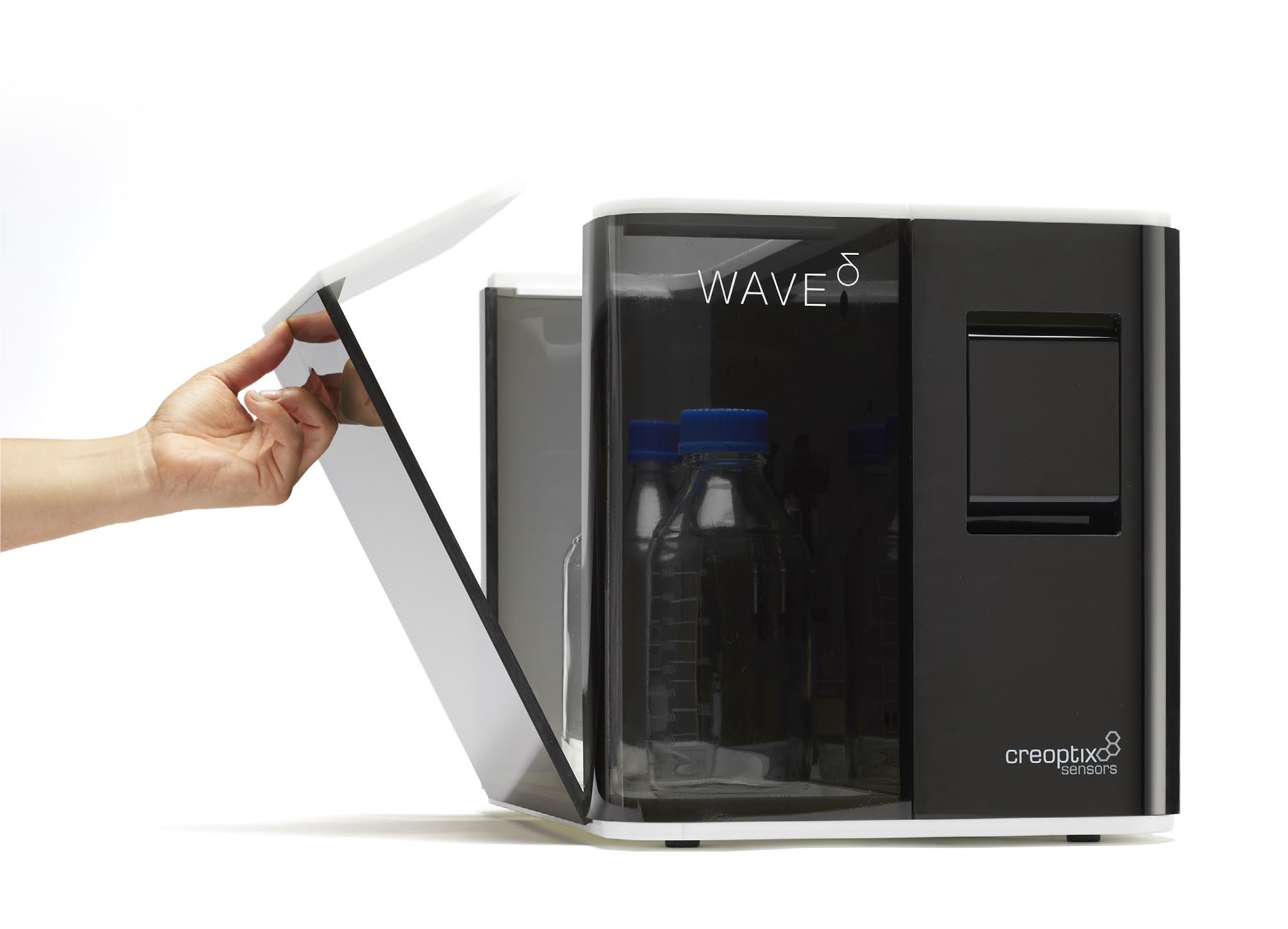方案详情
文
We demonstrate here the robustness of our diazonium-ani-line-protein derivatives Biochip. We performed 112 ovalbumin injections each followed by injection of regeneration buffer (Glycine/HCl). After more than one hundred regenerations, the biochip remains active as indicated in the histogram.
方案详情

SPRi & Life SciencesApplication Note SPRi-0809.11-v1.1- Page 2 HORIBA SPRi &Life SciencesScientific Biochip robustness of diazonium-aniline derivatives proteins v7 The increased demand for hundreds of successive interaction-regeneration steps within theprocess of measuring biological interactions by SPRi technology (Surface PlasmonResonance imaging) has led Genoptics to develop new surface chemistries. One of thesurface chemistries developed consists of the formation of a cystamine/glutaraldehyde layeron the biochip surface on which receptors can be directly spotted before introduction of thechip into the SPRi system. Using this surface chemistry for receptor immobilization we areable to show that more than one hundred regenerations are tolerated without loss of activity.The biological interaction chosen to illustrate this is the anti-ovalbumin/ ovalbumin model. Preparation and immobilization of anti-ovalbuminand mouse-lgG aniline derivatives on the SPRi-BiochipTM Anti-ovalbumin is first functionalized with 4-carboxymethyla-niline (CMA) in a carbonate-bicarbonate buffer for 2 hours atroom temperature. At the end of the process, anti-ovalbuminis desalted and concentrated on column. The negative control (mouse lgG) is conjugated with CMA inthe same way as anti-ovalbumin. The diazotation reaction of the aniline derivative leads to theformation of an aryl diazonium which generates an aryl radi-cal following electrochemical reduction. The aryl radicalattacks the gold surface and thereby the conjugate biomole-cule is grafted on the biochip surface. Before spotting, solution containing HCl and NaNO, isadded to 8pM CMA-lgG and incubated for 10min. The graf-ting of the lgG on the biochip is carried out with an SPRi Figure 1: Image of thespotted SPRi-BiochipTM ArrayerTM using a reduction electrochemical process and anelectrical pulse (-1Vfor 1000ms) which is applied betweenthe working electrode (prism gold surface) and the counterelectrode (located in the arrayer pin). SPRi experiment After spotting, the biochip is introduced into a SPRi PlexTMplatform. The running buffer is 10mM PBS. Injected solutions Ovalbumin diluted at 20 ug/mL in the running buffer (10mMPBS) and 100mM glycine /HCl pH=2.0 are alternatively injec-ted ((up to112ttimes) on the flowcell andinteraction/regeneration steps can bemonitored in real timewithout labelling. On the biochip presented figure 1, fifty anti-ovalbumin andfifty mouse-lgG spots are grafted on the biochip. SPRi quantification of protein binding on thebiochip Interaction curves The injections are carried out automatically. A part of the 112injection steps is presented figure 2. As the full kinetics curves for both families lack clarity (Figure2), visualization of an average interaction curve of the inter-action anti-ovalbumin /iovalbumine wasregeneratedautomatically. Figure 2: Kinetic curves (24 interaction /regeneration steps) onanti-oval-bumin (aOva) spots and negative control spots (mlgG). Specific interactions are observed between ovalbumin and itscomplementary antibody whereas only background is detec-ted on mouse lgG spots. So the negative control (mlgG) dataare subtracted. The drift of the baseline can also be corrected Figure 3: Average interaction curve (interaction /regeneration) on anti-ovalbumin (aOva) spots followingnegative control spots (mouse lgG) subtraction. 100 with the substraction of the negative controlvalues to those of anti-ovalbumin. Results canbe observed on figure 3 and for readability pur-pose, only three interaction /regeneration stepsare shown. The amount of ovalbumin binding onto anti-ovalbumin spots is constant. These dataindicate an out-and-out regeneration becausethe signal returns to the previous baseline. Protein amounts versus the injections number Figure 4 represents the ovalbumin amount bound onto anti-ovalbumin antibodies. Each injection of ovalbumin wasregenerated with glycine/HCI. We can notice that the amount of proteins, interacting withanti-ovalbumin antibodies is stable. The first and the lastinjections after 111 regenerations are presenting the sameamount of bound proteins. Conclusion We demonstrate here the robustness of our diazonium-ani-line-protein derivatives BiochipTM. We performed 112ovalbumin injections each followed by injection of regenera-tion buffer (Glycine/HCI). After more than one hundredregenerations, the biochip remains active as indicated in thehistogram (figure4). Grafted diazonium-aniline conjugated antidody on SPRi-BiochipTM tolerates more than one hundred protein-interactions/ regenerations without loss of activity. Figure 4: Protein amounts immobilized after injection of 20pg/mL ovalbu-min versus the number of regenerations, Regeneration of the anti-ovalbumin / ovalbumin interaction www.horiba.com/scientific France:+33 (0)1 64 54 13 00 Germany: +49 (0)89 46 23 17-0Italy: +3902 57 60 30 50 Japan: +81 (0)3 38618231Other Countries: +33 (0)1 64 54 13 00 HORIBAExplore the futureAutomotive Test Systems Process & Environmental Medical Semiconductor l Scientific We demonstrate here the robustness of our diazonium-ani-line-protein derivatives Biochip. We performed 112 ovalbumin injections each followed by injection of regeneration buffer (Glycine/HCl). After more than one hundred regenerations, the biochip remains active as indicated in the histogram.
确定


还剩1页未读,是否继续阅读?
HORIBA(中国)为您提供《生物芯片中鲁棒性,相互作用检测方案(大分子作用仪)》,该方案主要用于其他中鲁棒性,相互作用检测,参考标准--,《生物芯片中鲁棒性,相互作用检测方案(大分子作用仪)》用到的仪器有HORIBA OpenPlex表面等离子体共振成像仪
推荐专场
相关方案
更多
该厂商其他方案
更多

